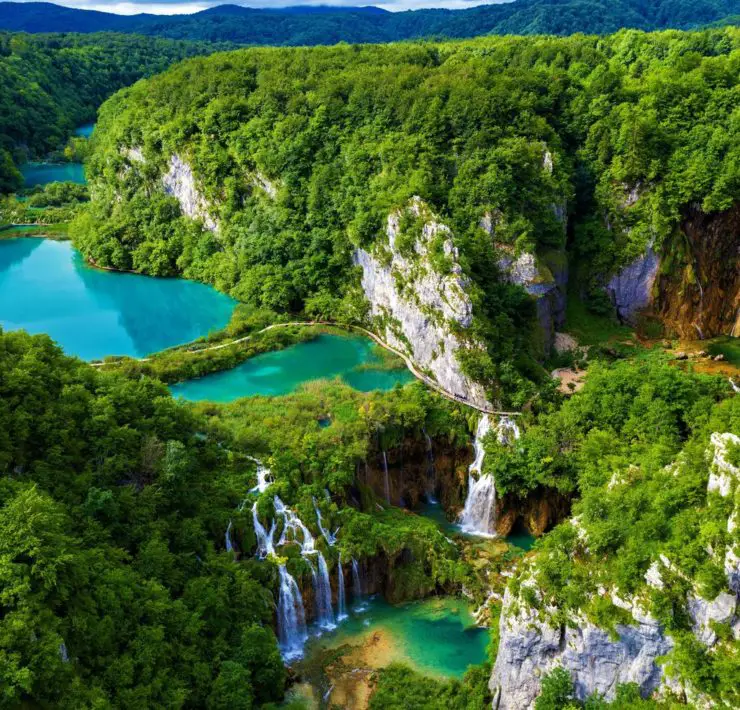Tourists have long traveled to many of India’s over-1200 islands of scenic beaches, coral reefs, and volcanic diving. And while many of the islands can be traveled to thanks to an agreement with the Indian government, at least one island remains untouched: North Sentinel Island.
Despite North Sentinel Island’s gorgeous environment, it is currently not possible to visit the island. North Sentinel Island is the home of the Sentinelese, the last small group of surviving indigenous people who have largely rejected contact with modern civilization. Because the Sentinelese people have a history of hostility to outsiders, much is not known about the island beyond a few accounts.
In 1896, an escaped convict from the British prisons of The Andamans drifted on to the shores of North Sentinel by accident. A few days later, a search party found his body on a beach, punctured by arrows and with his throat slit.
In 1974, a group went there to make a documentary, and the film’s director took an 8-foot arrow in the thigh.
Indian anthropologist T.N. Pandit conducted several government-sponsored trips to the island in the late 80’s and early 90’s. “Sometimes they would turn their backs to us and sit on their haunches as if to defecate,” he said. “This was meant to insult us as we were not welcome.”
The last contact with the islanders in 2006 didn’t go well either. Two fishermen were killed while illegally fishing within the range of the island.
Due to the inhabitants’ rejection of visitors to the island, we are limited in what we can actually see of the island and its population. Although India governs North Sentinel Island’s borders, there have been no official agreements made between India and the isolated Sentinelese, meaning the island is basically an autonomous Indian region.
However, thanks to technology, we are able to see the island’s beautiful landscape. Aerial photographs indicate that the island is just about 28-square miles. (For comparison, Los Angeles is 503-square miles; Manhattan is 33-square miles.) Surrounding the island is a lush coral reef. The reef serves as a protective fringe and circles the island’s entire perimeter. We can also see the beaches of the island, which are truly the only exposed elements for our peering eyes.
The square-form island is largely a made up of forests. NASA images can only reveal the dense jungle canopy of the island.
The tragic 2004 Indian Ocean tsunami made way to North Sentinel Island, and because of limited contact with natives, it’s unclear how Sentinelese were affected. The earthquake that caused the tsunami altered the geography of the island because of shifting tectonic plates. North Sentinel Island experienced some major damage. Lagoons on the east shore were completely destroyed and some coral reefs were exposed.
Currently, Indian government enforces a strict policy in order to protect the people of North Sentinel Island. In order to protect Sentinelese from disease and to grant the island its privacy, a three-mile exclusionary zone was enacted. So if you’re planning to visit North Sentinel Island, expect to only be able to view the island from three miles out into the Bay of Bengal.
If you insist on getting any closer to the island and trespass into the three-mile exclusionary zone, expect a visit from Indian air and sea patrollers and subsequent jail time. Or perhaps more likely, you might get hit with an arrow from a Sentinelese guardsman!
When On Earth Magazine is for people who love travel. We provide informative travel guides, tips, ideas and advice regarding places to see, things to do, what to taste, and much more for world travelers seeking their next dream vacation destination.






